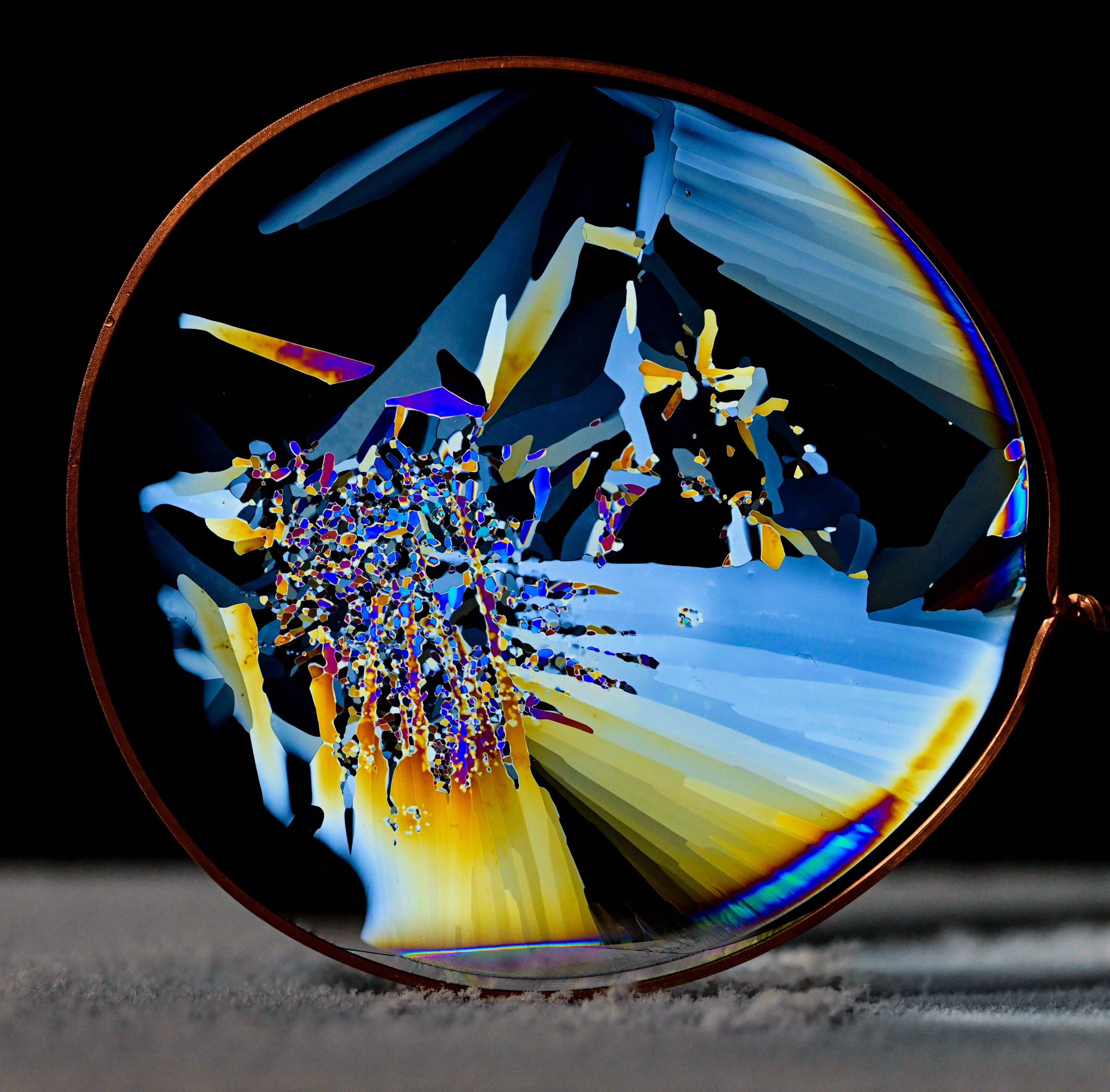2024-10-29 05:10:00
arstechnica.com
For his most recent trip to the International Space Station, in lieu of bringing coffee or some other beverage in his “personal drink bag” allotment for the stay, NASA astronaut Don Pettit asked instead for a couple of bags of unflavored gelatin.
This was not for cooking purposes but rather to perform scientific experiments. How many of us would give up coffee for science?
Well, Donald Roy Pettit is not like most of us.
At the age of 69, Pettit is NASA’s oldest active astronaut and began his third long-duration stay on the space station last month. A lifelong tinkerer and gifted science communicator, he already is performing wonders up there, and we’ll get to his current activities in a moment. But just so you understand who we’re dealing with, the thing to know about Pettit is that he is insatiably curious, and wants to share the wonder of science and the natural world with others.
Here’s just one small example. During his last six-month increment in orbit, from late 2011 to the middle of 2012, Pettit had some Lego blocks he’d been using for student demonstrations. After the final one, he asked if he could use the Legos for a science experiment. He turned them into a belts-and-rollers-type Van de Graaff generator and produced groundbreaking work in electric fluids. This research was published in Physical Review Letters after Pettit returned to Earth. Most of us probably could not even spell Van de Graaff generator, and this dude is up there, in space, building them out of toys.
The way Pettit, a chemical engineer by training, explains things is that he has the “programmatic” scientific research he does for NASA, and then there’s everything else, often done during his limited free time.
“This is well-planned, well thought out, peer-reviewed, and uplinked to station with the supplies needed,” he said of programmatic research. “And then you have what I call science of opportunity. This is science which comes to mind while you are there, simply because you are there, and you can do it because you can. The scientific disciplines that I’ve dabbled in on the International Space Station include fluid physics, classic physics, chemistry, biology, plant growth, and Earth observations.”

Wafers of water ice.
Credit:
Don Pettit/NASA
Support Techcratic
If you find value in Techcratic’s insights and articles, consider supporting us with Bitcoin. Your support helps me, as a solo operator, continue delivering high-quality content while managing all the technical aspects, from server maintenance to blog writing, future updates, and improvements. Support Innovation! Thank you.
Bitcoin Address:
bc1qlszw7elx2qahjwvaryh0tkgg8y68enw30gpvge
Please verify this address before sending funds.
Bitcoin QR Code
Simply scan the QR code below to support Techcratic.

Please read the Privacy and Security Disclaimer on how Techcratic handles your support.
Disclaimer: As an Amazon Associate, Techcratic may earn from qualifying purchases.



























![Pioneer [Blu-ray]](https://techcratic.com/wp-content/uploads/2024/11/81EmJG9mivL._SL1500_-360x180.jpg)





















![Spigen Tempered Glass Screen Protector [GlasTR Slim] designed for Tesla Model S…](https://techcratic.com/wp-content/uploads/2024/11/61TVb0o8-tL._AC_SL1200_-360x180.jpg)
![Under Screen Storage Box for Tesla Model 3/Y 2017-2024, [Hidden Design & More Privacy]…](https://techcratic.com/wp-content/uploads/2024/11/61Wgffn93-L._AC_SL1500_-360x180.jpg)
















